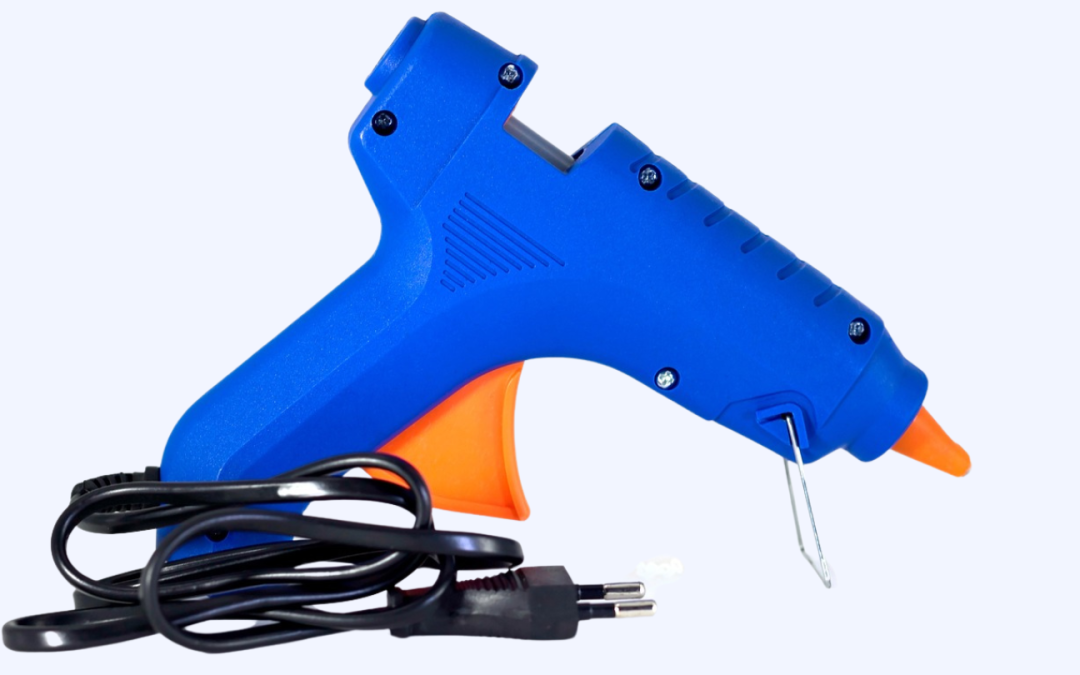Short answer: No. Not all adhesives cure under UV light.
UV curing is widely used in manufacturing, electronics, and medical applications because it offers a fast and efficient way to bond materials. However, not every adhesive responds to UV exposure. Some adhesives require air, moisture, or chemical mixing to cure, and UV light alone won’t trigger their hardening process. Using the wrong adhesive or the wrong type of UV light can result in weak bonds, incomplete curing, or total adhesive failure, leading to wasted materials and increased costs.
What makes an adhesive UV-curable?
For an adhesive to cure under UV light, it must contain photoinitiators. These are compounds that absorb UV energy and start the polymerization process, which changes the adhesive from a liquid to a solid. Without photoinitiators, UV exposure won’t have any effect on the adhesive’s bonding properties.
Even among UV-curable adhesives, there are differences in how they react. Some require specific wavelengths or intensities to cure properly. If the UV source doesn’t match the adhesive’s requirements, curing may be slow, uneven, or ineffective.
Common adhesives that cure under UV light
Acrylic-based UV adhesives are widely used in industries that require strong, transparent bonds, such as glass bonding, optics, and electronics. These adhesives offer excellent clarity and durability, making them ideal for applications where aesthetics and strength are both important.
Epoxy-based UV adhesives provide strong structural bonds and are commonly used in medical and industrial applications. They offer high chemical and temperature resistance, making them suitable for environments that require long-term durability under demanding conditions. Some epoxy formulations also include dual-cure properties, allowing them to set with UV exposure and continue curing over time for enhanced performance.
Cyanoacrylate UV adhesives combine the fast bonding properties of traditional cyanoacrylates with the added benefit of UV curing. While they initially bond on contact, exposing them to UV light helps achieve full strength and improves the adhesive’s durability. This makes them useful for applications requiring both immediate adhesion and additional curing reinforcement.
Silicone-based UV adhesives are designed for flexible, high-temperature applications. They maintain their elasticity after curing, making them a good choice for bonding materials that experience movement, expansion, or thermal cycling. These adhesives are commonly used in electronics, automotive, and aerospace applications where flexibility and resistance to extreme temperatures are needed.
What about standard glues and epoxies?
Everyday adhesives like super glue, wood glue, and conventional two-part epoxies won’t cure under UV light unless specifically designed for UV activation. These adhesives rely on other curing mechanisms, such as exposure to air, moisture, or chemical mixing, to harden. Without these conditions, UV light alone won’t trigger the bonding process, leaving the adhesive ineffective.
Can any UV light cure adhesives?
No. The type of UV light is just as important as the adhesive itself. UV-curable adhesives are formulated to respond to specific wavelengths, and using the wrong type of UV light can result in incomplete or failed curing. The most commonly used wavelengths for UV curing include:
- 365 nm (longwave UVA) – The industry standard for most UV curing applications, providing deep penetration and reliable bonding.
- 395 nm (higher intensity UVA) – Used in certain applications for faster curing, particularly where increased intensity helps speed up production.
- 250-320 nm (UVB & UVC range) – Used in specialized curing processes, often for coatings or adhesives requiring stronger surface activation.
Choosing the correct wavelength ensures a proper cure, preventing weak bonds and ensuring the adhesive reaches its full performance potential.
What happens if you use the wrong UV light?
If the UV light is too weak, the adhesive won’t cure at all, leaving it in a liquid state and failing to bond the materials. If the wavelength doesn’t match the adhesive’s formulation, the curing process may be incomplete or uneven, resulting in weak spots that compromise the bond’s strength. On the other hand, if the intensity is too high, it can generate excessive heat, potentially damaging the adhesive or the materials being bonded. Using the correct UV light is essential to achieving a proper, reliable cure.
How to choose the right UV curing setup
Selecting the right UV curing system starts with understanding the adhesive’s specifications. If an adhesive isn’t explicitly formulated for UV curing, no amount of UV exposure will make it harden. Even when an adhesive is UV-curable, the wavelength of the curing system must match the adhesive’s requirements to ensure a complete and reliable bond. Using a system with too little intensity can result in poor curing, while a high-intensity system ensures a fast, even cure without compromising the integrity of the bond.
The size of the curing area is another critical factor. Different applications require different curing methods, whether it’s a spot UV system for precision curing, a flood UV system for large surfaces, or a conveyor UV system for high-throughput production lines. At Uvitron International, we manufacture a range of UV curing systems tailored to meet these specific needs. Our in-house engineered solutions ensure that you get the right intensity, wavelength, and curing area coverage for your adhesive and production process. If you need guidance on selecting the right system, our team can help match you with the best UV curing technology for your application.
